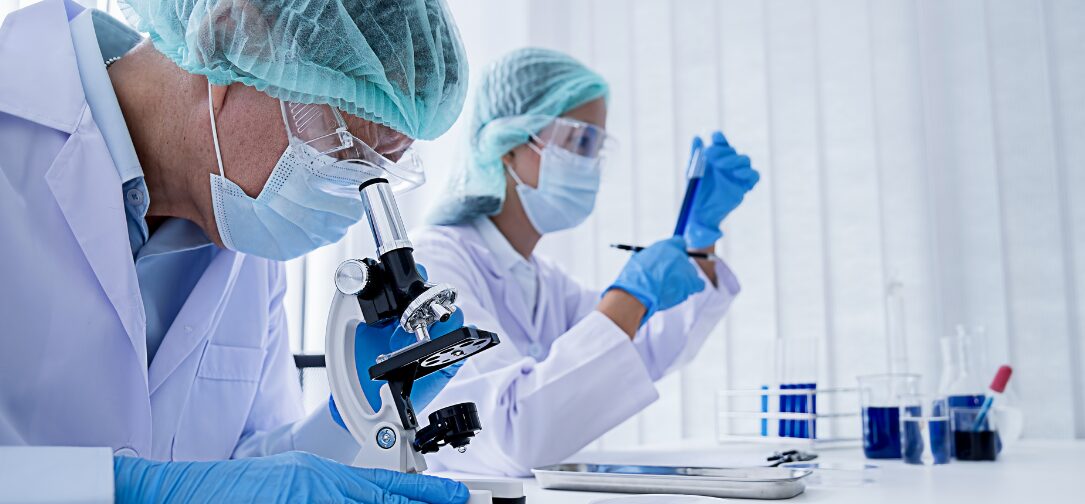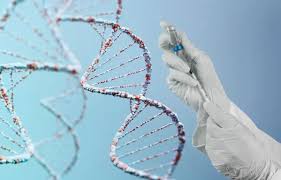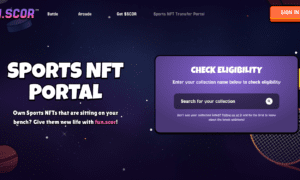Selective Androgen Receptor Modulators (SARMs) are marketed as safer alternatives to anabolic steroids because they contain compounds with similar anabolic properties to steroids but reduced androgenic properties. Due to their anabolic effects, SARMs are becoming a popular topic in the fitness and research communities. Additionally, they are believed to achieve muscle-gaining benefits while minimizing side effects.
They are believed to activate binding androgen receptors in specific tissues, unlike anabolic steroids, which bind many tissues all over the body. Therefore, they are helpful as they stimulate specific tissue growth in muscles and bone, avoiding side effects and reactions in other tissues, such as the liver or skin. SARMs are evaluated as a treatment for muscle waste caused by various diseases like osteoporosis, cancer, cardiac failure, liver disease, HIV, and others.
Despite its benefits, there are many health concerns about its accurate composition and risks, as it is believed that most of the SARMs in the market are mixed with other substances. This raises potential questions about their long-term impact on whether they truly serve as viable alternative traditional anabolic substances, as some compounds show promising controlled research settings while there are still uncertainties. With the ongoing debate in this article, let’s explore SARM’s mechanism, health concerns, and research uses.
Do SARMs Have Any Effect on Testosterone?
There are many claims that SARMs selectively bind to androgen receptors in muscle and bone tissues, minimizing risks while maximizing benefits. They are said to be unlike steroids as they significantly do not influence estrogenic activity while being engineered to modulate androgen receptors, therefore reducing side effects and acting as anabolic agents with targeting effects.
Despite these claims, Ligandrol, a well-known SARM sold on the black market under the code name VK 5211 and also known as LGD-4033, is under investigation for its potential medical application in treating muscle-wasting conditions. Most SARMs also lack MHRA approval, requiring further clinical testing before they become legally accepted and used.
Testosterone is one of the appealing regimens among many athletes as it is one of the fundamental components in muscle growth, performance enhancement, and neuroprotective effects through estrogen conversion. While components in SARMs mimic some of the effects of testosterone, they do not contain testosterone and act as anabolic agents with selective effects. Despite their appealing claims, among many athletes, WADA, the World Anti-Doping Agency, has prohibited using SARMs in natural bodybuilding competitions for often obtaining unregulated sources. There is a risk of contamination or mislabeling, with some products containing little to no active ingredients or even being mixed with anabolic steroids. Additionally, there are uncertainties regarding the metabolic byproducts of alternative anabolic agents compared to testosterone, raising concerns about their predictability and long-term safety.
What are the risks and health concerns of using SARMs
SARMs were developed as an alternative to steroids, and they made it look extremely promising for growing muscles and treating muscle-wasting diseases while avoiding side effects that were given by steroids. Therefore, it has become beautiful in the fitness community, especially for bodybuilders. However, this is not the case; many mistakenly believe that taking SARMs will not involve any health risks. SARMs carry a dire health concern and risk as evidence reveals that many of its compounds do indeed have adverse side effects like traditional steroids, which include liver damage and hormonal changes.
There are also concerns about various SARM products circulating in the market. Most of them are Labeled SARM products that are entirely ineffective or comprise unregulated steroids that expose the users to health risks. Additionally, there is no guidance or verified support document from the scientific community regarding their credibility and positive health effects. Despite it being a health risk, it is also illegal to sell and supply them for human consumption. Therefore, one must know the legal consequences and health risks before using it.
Are SARMs Legal to possess in the UK?
SARMs are classified as prescription-only medicines in the UK under the Human Medicines Regulations 2012. They are not illegal to possess for personal use; however, selling and supplying SARMs for human consumption is against the law. In other words, this means that someone buying them for personal use wouldn’t face legal consequences, but those involved in their distribution could be prosecuted. SARMs are strictly prohibited for athletes by the UK Anti-Doping Agency (UKAD) under the World Anti-Doping Agency (WADA) regulations. Any athlete found guilty of using SARMs can face penalties, including suspensions and bans from competitions. Therefore, they are illegal to sell. However, they are sometimes marketed as “research chemicals” to bypass regulations.
How are SARMs used for research purposes?
SARMS are actively explored by scientists for their effects on muscle growth, fat loss, and bone density. Researchers study their impact on the human body and see how their selective nature can reduce side effects commonly associated with steroids. Some studies indicate that compounds like YK11 may promote muscle growth and bone strength, making them valuable medical advancements. Researchers can quickly look for YK11 for sale through verified suppliers to cater to their scientific studies.
In addition, researchers interested in metabolic studies and fat loss can find several trusted platforms to buy Cardarine UK for controlled scientific analysis.
It is important to remember that when looking for SARMs for sale, they should be used only for research purposes and sourced only from reputable suppliers and legal and compliant vendors who sell high-quality compounds legally for laboratory studies.



































